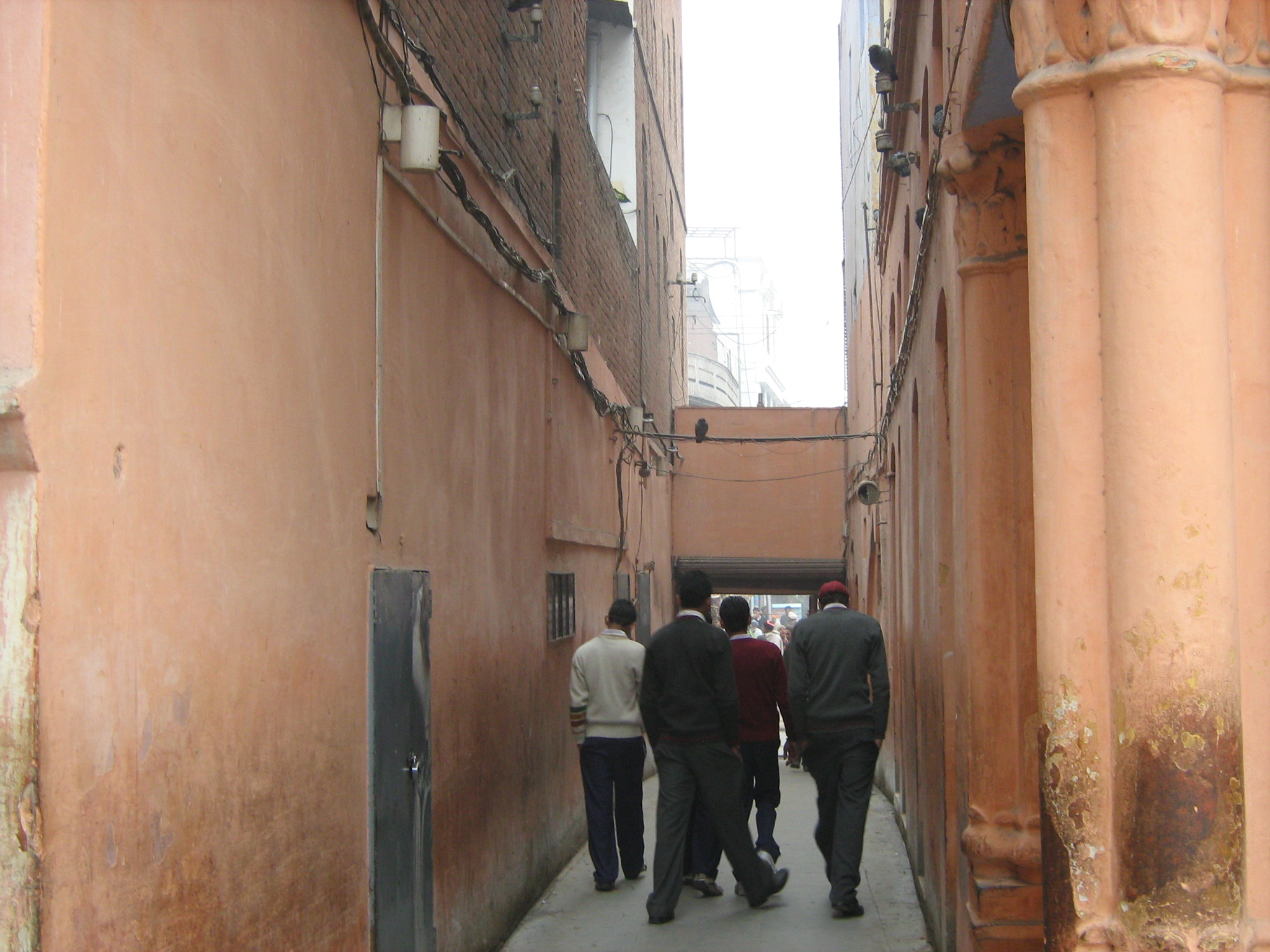 |
| Narrow passage from Jallianwala Bagh |
Gandhi, who had worked loyally with the British Crown during the War, felt betrayed. Many Indians would not have wanted to help the British in the war, but rather wanted to exploit its weaknesses to make progress towards independence. Gandhi did not want to do, and worked with the British. He did not expect, however, that treatment at the end of the conflict.
The Mahatma then opened the first major campaign of non-cooperation and proclaimed a hartal, a general strike. Public offices, factories, trains, electricity, shops, ferry. India was firm.
But the Indians were not ready to Gandhi's nonviolent dream. In most parts of the subcontinent occured violences against people and property. Then the Mahatma speak of that initiative as "a Himalayan mistake."
The British reaction was violent and reached the peak of the atrocities on April 13, 1919 in the city of Amritsar in Punjab.
About 10,000 people had gathered in Jallianwala Bagh, a square entirely surrounded by buildings except for five narrow passages. This is a gathering banned from Rowlatt Act and the General Reginald Dyer decided to give a lesson not only to the Indians of Amristar, but to the whole Punjab.
Dyer burst into the square with 90 soldiers. Fortunately, the two armored cars couldn’t enter because the alleys were too narrow. Without giving any warning or ask the crowd to disperse, the General ordered the fire. The massacrewent on ten minutes.
Children, women, men, old people, all unarmed, crowd the streets to escape and become an easy target for the military.
1650 shots are fired, killed 379 people and injured 1137. Just over 100 shots do not hit the target.
A wound will remain indelible in the relations between the invading British and the Indian people.
Il responsabile del massacro Dyer difese il proprio operato definendolo come "quel minimo di violenza necessario a creare quel vasto e diffuso effetto morale che era mio dovere produrre..da un punto di vista militare nell'interno del Punjab".
RispondiEliminaDyer fu sollevato dall'incarico ma rientrando in Inghilterra venne accolto come eroe. Gli donarono denaro e una spada tempestata di pietre preziose con l'incisione "al salvatore del Punjab"
In punjab fu introdotta la legge marziale. I funzionari governativi perpetrarono atrocità ufficialmente documentate, costringendo gli indiani alla fustigazione e allo strisciare a terra in nome della "difesa dell'Impero".
E dichiaro' alla commissione di inchiesta che se fossero passati i due carri armati dai vicoli, avrebbe fatto fuoco sulla folla con quelli.
RispondiEliminaUna regione macchiata da tanta sfortuna quella. Vittime sacrificali! Come quelle dell'operazione Blue star
RispondiElimina